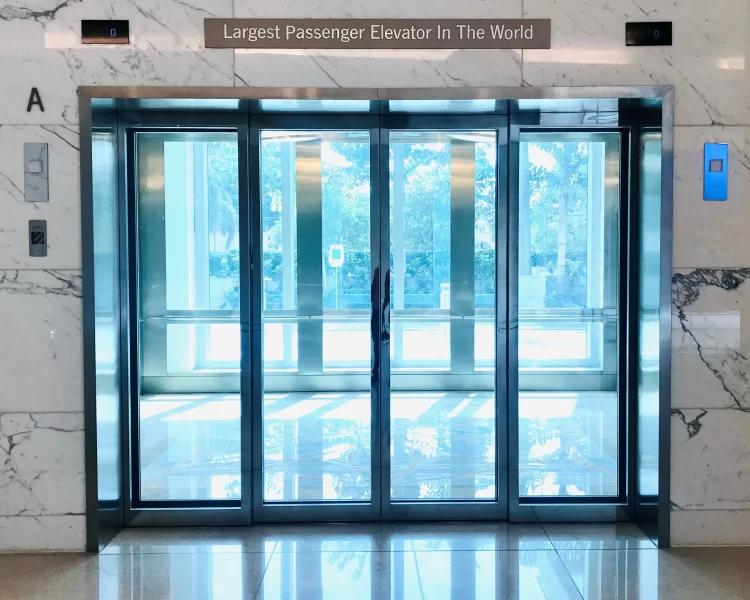It’s hard to believe that there are people in this world who have no idea about the internet or cell phones. These are tribes that are completely cut-off from global civilization and do not welcome any kind of contact from the outside world.
North Sentinel Island, a part of the Andaman and Nicobar Islands in the Bay of Bengal Ocean between Myanmar and Indonesia, is home to one such tribe. The Sentinelese people are so hostile to external contact that the island has been dubbed the ‘hardest place to visit’ in the world.
The Sentinelese are thought to be direct descendants of the first humans who emerged from Africa. They have lived on the tiny island for almost 60,000 years. Their exact population is unknown; it could be as low as 40 or as high as 500.
Photo: Christian Caron
It doesn’t matter whether you are friend or enemy, whether you arrive at the island shores on purpose or by accident, the locals will greet you the same way – with spears and arrows. Gifts of food and clothing are of no importance to them. They were even hostile to rescue missions after the tsunami in 2004.
In the aftermath of the disastrous tsunami that had hit the Indian Ocean in December 2004, a group of rescuers reached out to the Sentinelese in an Indian Navy helicopter. They wanted to find and help survivors, although chances were slim. They tried dropping food parcels to the ground, but they were met with hostility. A sole Sentinelese warrior emerged from the dense jungle and shot an arrow at the helicopter.
Photo source unknown
Not much is known about these tribal folk; their language is alien and their habits unknown. Their settlements are hidden in the thick jungle, so we have no clue about how they live. All we know is that the Sentinelese are hunter-gatherers; they do not farm. They live on fruits, fish, tubers, wild pigs, lizards and honey.
India has sovereignty over North Sentinel, but I doubt these people even know what India is. After several failed attempts to make friendly contact with them since 1964, the Indian government has finally backed away. All visits to the island are banned. The Indian Navy has enforced a 3-mile buffer zone to keep tourists, explorers and other meddlers away. Accidental encounters still do occur, and none of them end well.
Photo source unknown
There are several horror stories of how the Sentinelese have treated their guests. People either return from the island terrified and injured, or not at all. In 1896, an escaped convict from the British prisons of The Andamans drifted on to the shores of North Sentinel by accident. A few days later, a search party found his body on a beach, punctured by arrows and with his throat slit.
In 1974, a group went there to make a documentary, and the film’s director took an 8-foot arrow in the thigh. A few of the recordings from that visit were included in the larger documentary, Man in Search of Man.
Indian anthropologist T.N. Pandit conducted several government-sponsored trips to the island in the late 80s and early 90s. “Sometimes they would turn their backs to us and sit on their haunches as if to defecate,” he said. “This was meant to insult us as we were not welcome.”
Photo: Google Earth
Surprisingly, there has been only one instance where outsiders did not have to face an aggressive reception. On January 4, 1991, 28 men, women and children approached Mr. Pandit and his group. “That they voluntarily came forward to meet us, it was unbelievable,” he said. “They must have decided that the time had come.”
Unfortunately, the last contact with the islanders in 2006 didn’t go as well. Two fishermen were killed while illegally fishing within the range of the island.
The Sentinelese are among the last of the uncontacted people – communities who live without contact with globalized civilization – left in the world. Perhaps it’s best to leave them alone; bringing them out into civilization might not be the best thing for them. They might not be immune to several diseases and adapting themselves to the modern world could be extremely difficult.
It’s amazing that even in the most drastic conditions, the Sentinelese do not want any help. I find this behavior very curious. I do wonder how they view outsiders and the world around them. I wonder what they call themselves, or if they are aware that we call them ‘Sentinelese’.










